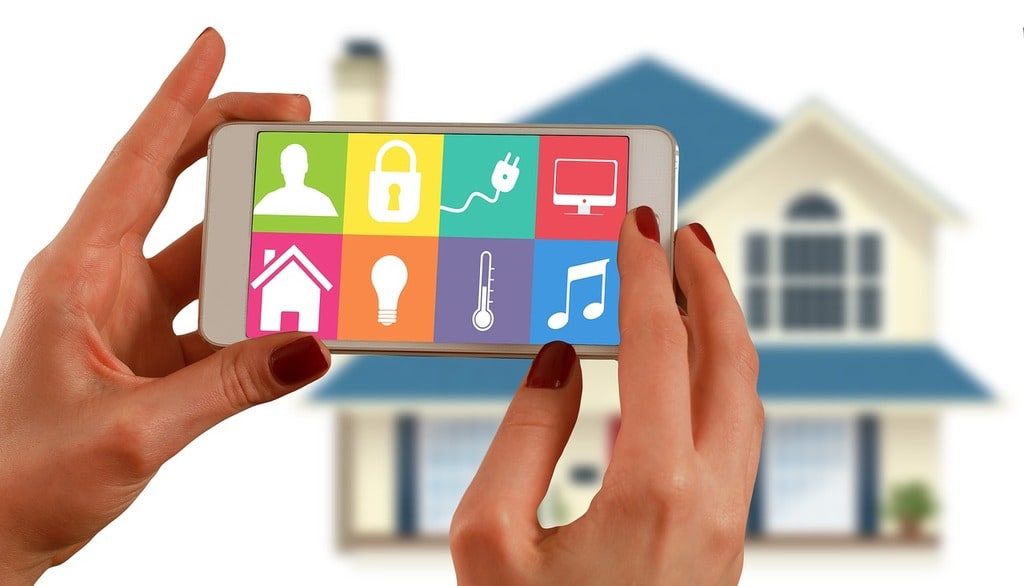Creating seamless user experiences in home tech
Creating seamless user experiences in home tech is about more than just innovative gadgets and high-tech systems. It’s about how these technologies integrate into the daily lives of users, making their homes smarter, more comfortable, and more efficient without unnecessary complications. Achieving this level of ease requires a deep understanding of user needs, intuitive design, and thoughtful integration of various technologies.
Designing Intuitive Interfaces for Home Technology
In the realm of home technology, the interface is often the first point of interaction. A seamless user experience begins with an interface that is intuitive and easy to navigate. Whether it’s a smart thermostat, lighting control system, or security application, the design should be so straightforward that users can operate it effortlessly without a manual. An intuitive interface is more than just visually appealing; it must prioritize usability.
One of the primary goals of any interface design in home technology is to eliminate the learning curve. Users should feel confident in their ability to interact with the technology from the first use. For instance, utilizing familiar icons, clear labeling, and consistent layouts helps users to understand and control their home tech easily. This level of user-centric design not only boosts satisfaction but also encourages more widespread adoption of home technologies.

Seamless Integration Across Devices
Another key aspect of creating a seamless user experience in home tech is ensuring that devices work well together. A truly smart home isn’t a collection of disconnected gadgets but a harmonious system where each device communicates and collaborates with the others. This integration can be achieved through platforms that support multiple devices or ecosystems that enable different brands to work together seamlessly.
Interoperability is essential. For instance, when a smart light system can be controlled through the same app that manages the thermostat and security cameras, the user experience is greatly enhanced. The user doesn’t have to juggle multiple apps or remember different controls for each device, leading to a more cohesive and user-friendly experience. Integrating voice assistants like Alexa or Google Assistant can also help by allowing users to control their home tech through a single interface— their voice.
Creating a User-Centric Environment
A seamless user experience in home technology also involves creating an environment that adapts to the user’s preferences and routines. Personalization plays a vital role here. For example, smart lighting systems that adjust based on the time of day, or thermostats that learn the user’s schedule, add significant value to the user experience. Such technologies make the home feel more responsive and attuned to the user’s needs, enhancing comfort and convenience.
However, personalization should not come at the cost of privacy. Users need to feel secure in knowing that their data is protected. Offering transparency about data usage and giving users control over what is collected can strengthen trust and lead to a more positive experience overall. Striking the right balance between personalization and privacy is a challenge but essential for creating an environment where users feel both empowered and safe.
Challenges in Achieving Seamless Experiences
Despite the many advancements in home technology, challenges remain in delivering truly seamless experiences. One of the most significant issues is the complexity of setting up and configuring devices. Users often face frustration when devices don’t connect easily or require multiple steps to get started. Simplifying the setup process is critical for reducing friction and ensuring that users can quickly enjoy the benefits of their home tech.
Another challenge is keeping up with software updates and ensuring that devices remain compatible over time. As technology evolves, there’s a risk that older devices may become obsolete or incompatible with newer systems. Offering robust support and clear communication about updates can help maintain a seamless experience even as the technology landscape changes.
Best Practices for Enhancing User Experience in Home Tech
To summarize, here are some best practices that can help create seamless user experiences in home tech :
- Design intuitive and user-friendly interfaces that require minimal learning effort.
- Ensure seamless integration between various home tech devices and systems.
- Personalize the experience to adapt to individual user preferences while maintaining privacy.
- Simplify the setup process to reduce frustration and encourage user engagement.
- Provide ongoing support and updates to ensure compatibility and enhance the user experience over time.
By focusing on these practices, developers and designers can create home tech solutions that not only meet the functional needs of users but also enhance their overall experience.
The Future of Home Technology and User Experience
Looking ahead, the future of home technology promises even more sophisticated and interconnected systems. The focus on user experience will continue to be a driving force behind these innovations. Emerging technologies such as AI-driven home automation, advanced sensors, and more integrated ecosystems will play pivotal roles in shaping the smart homes of tomorrow.
As these technologies evolve, the emphasis will likely shift even more toward creating environments that anticipate and adapt to user needs seamlessly. This means that the user experience will become increasingly about predicting user behaviors and preferences, rather than simply responding to them. In this future, the most successful home technologies will be those that users don’t have to think about—the ones that just work, effortlessly blending into the background of daily life.
By staying attuned to these trends and prioritizing user experience, the home tech industry can continue to make strides in creating spaces that are not just smart, but truly intelligent.
